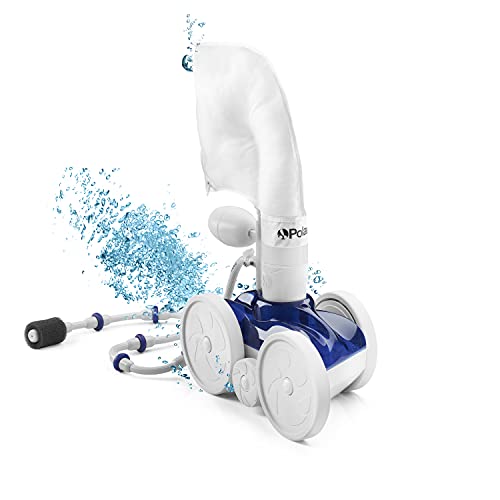The three types of automatic pool cleaners are pressure, suction, and robotic. Unsure of which type will work best in your pool? Worry not, dear reader, for this guide will provide you with everything you need to know about each type of pool cleaners to assist you in making an informed purchase decision.
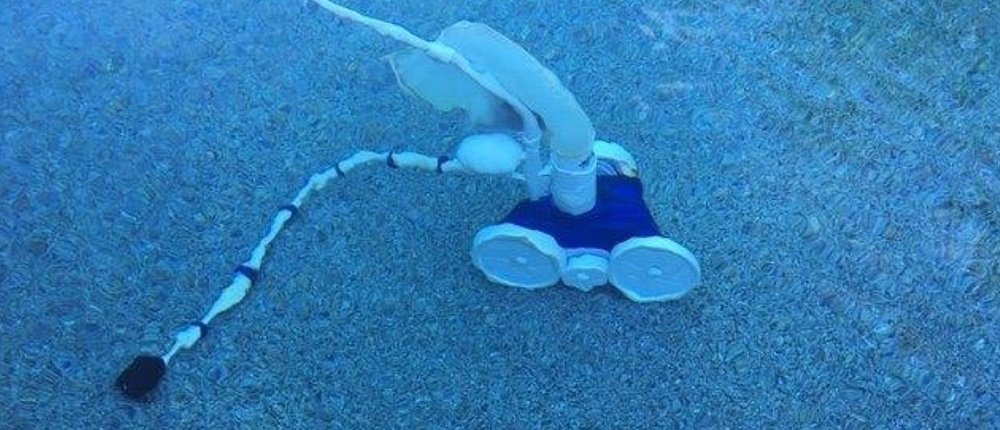
What is a Pressure Pool Cleaner?
Pressure pool cleaners are powered by your pool’s main pump and filtration system. It connects to the pressure-side of the pump where water is directed to the pool. As water gushes through the pressure pool cleaner, it powers a system of hydraulics that move its wheels while creating a venturi suction to loosen and remove contaminants.
This type of pool cleaner relies heavily on high-pressure waterflow to operate. This means you may need to pick up a booster pump to power this pool cleaner if your main pump can’t deliver.

Pros
- Inexpensive upfront and operating costs
- Easy maintenance with few issues over its multi-year lifespan
- Reduces the load of dirt and debris that makes it into the pool’s main filtration system
Cons
- Must run at the same time as the main pool pump
- Booster pump absolutely necessary if main pump unable to produce enough pressure
- Smaller particles like sand can end up clogging the tool’s backup valve
Pressure-Side Pool Cleaners
Best of the Best: Polaris Vac-Sweep 280
The Polaris Vac-Sweep 280 is a hard-hitting cleaning beast that cleans inground pools measuring up to 25 feet long, though can increase its reach by picking up a couple of extra hose kits (sold separately). Your booster pump should deliver enough pressure for the 280 to clean an entire pool in just under three hours.
The Vac-Sweep 280 hooks up to the pressure line easily. Your booster pump should deliver at most 40 GPM to send this pool cleaner on its merry way to clean all edges, corners, and even around steps and ladders easily.
- CLEANS IN 3 HOURS: Powered by a separate Polaris booster pump, dual venturi jets create...
- FOR IN-GROUND POOLS: Safe for all pool shapes and surfaces including vinyl, fiberglass,...
Affordable Option: Polaris Vac-Sweep 65
The Polaris 65 looks a lot different from what you’d typically come across, but its shape and design actually plays a major role in its excellent performance. It has two main components—one that stays afloat to skim the pool’s surface and an underwater unit that loosens debris. Everything gets trapped inside of the filter bag that it drags around.
Additionally, this is an above-ground pool unit that cleans at a maximum depth of five feet. Best of all, the Vac-Sweep 65 doesn’t require a booster pump to operate, leaving a port empty to connect another pool cleaner.
- Polaris Vac-Sweep 65 pressure side pool cleaner
- Works in all in-ground vinyl or fiberglass pools
What is a Suction Pool Cleaner?
Of the three types of pool cleans, the suction-side variety is the most economical. Best of all, it’s compatible with most residential-grade pools in the country, including both inground and above-ground. If your pool’s biggest issue with sanitation is bacteria and algae, a handy suction-side pool cleaner is your best bet to eliminate them once and for all.
Suction-side cleaners connect to the suction side of your pool’s filtration system. Whatever debris it loosens and picks up is sent directly to your pool’s filter basket regardless of size. Since they’re connected directly to the suction-side of your pool, you’ll need more powerful pool pump to produce enough suction power. The best thing is that booster pumps are not required to operate these tools.
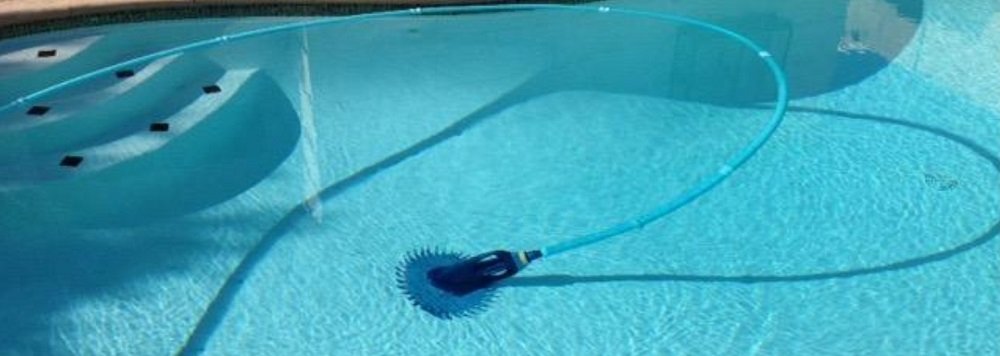
Pros
- Inexpensive upfront and operational costs
- Fewer moving parts means less maintenance issues
- No booster pump required—no spike in electricity bills
Cons
- May perform poorly around ladders and stairs
- Main pump needs to be active throughout the cleaning cycle
- All collected debris goes straight into the pool’s filter basket—greater wear and tear
Suction-Side Pool Cleaners
Best of the Best: Zodiac Baracuda G3
The Baracuda G3 looks a lot like a standard Kreepy Krauly, but the way it performs is anything but. The Baracuda uses a huge 17-inch disc wth 36 pins along the outer perimeter that gently scratches pool floors and walls, as well as edges and corners, to remove large and small debris.
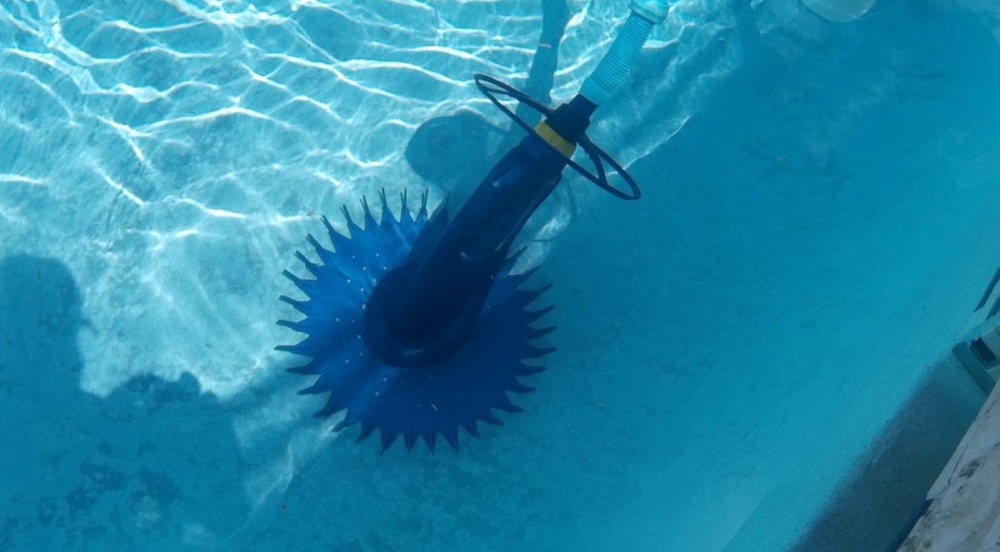
As is typical of suction pool cleaners, the Baracuda G3 has very few moving parts, meaning a reduced risk of maintenance issues arising and quieter operating noises.
It has a maximum reach of 40 feet (ten 4-foot twist-lock hoses, more hoses sold separately) to reach all four corners of most residential inground pools.
- Quiet, powerful suction cleaner; works with low-speed pumps for maximum efficiency.
- Devours small and medium-sized debris and cleans floor, walls and steps of your entire...
Affordable Option: XtremepowerUS 75037
The 75037 from XtremepowerUS is made with the latest and greatest smart technologies to tackle inground pools of up to 25 feet long. Requiring only a ¾-HP pump that produces at least 1,600 GPH of waterflow, you can expect this unit to cover hundreds of square feet of floors AND walls for every hour spent underwater.
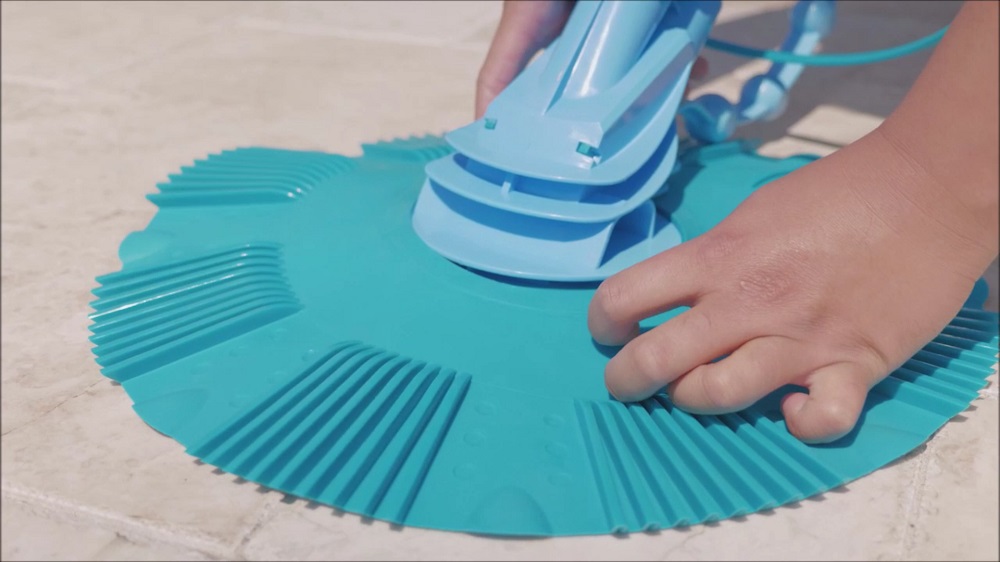
An easily accessible flap stored the majority of suctioned debris so make sure you clean it out regularly to maintain optimal performance.
For those with smaller pools, you’ll definitely appreciate the low cost of the XtremepowerUS 75037 pool cleaner and its thorough coverage from walls, floors, and even steps.
- 10 hoses included for up to 30' pool. Ideal for cleaning bottom surface and wall; does not...
- Require at least a 1 hp swimming pool pump or 1600 GHP to function properly.
What is a Robotic Pool Cleaner?
Hands down, robots are the most convenient type of pool cleaner you can own. They’re pretty much self-sufficient and the only time you actually need to put your hands on the tool is when dropping it in the pool, fishing it out, and emptying the basket. Everything else it does on its own.
Robotic pool cleaners run on an electric motor that draws power from a standard wall outlet. Many modern robots come with a number of advanced hardware and technologies that allow it to scan and assess the dimensions of your pool in order to clean it in as little time as possible.
However, there are fairly budget-dependent, meaning that a larger budget will get you many more convenience-adding features than an entry-level unit.
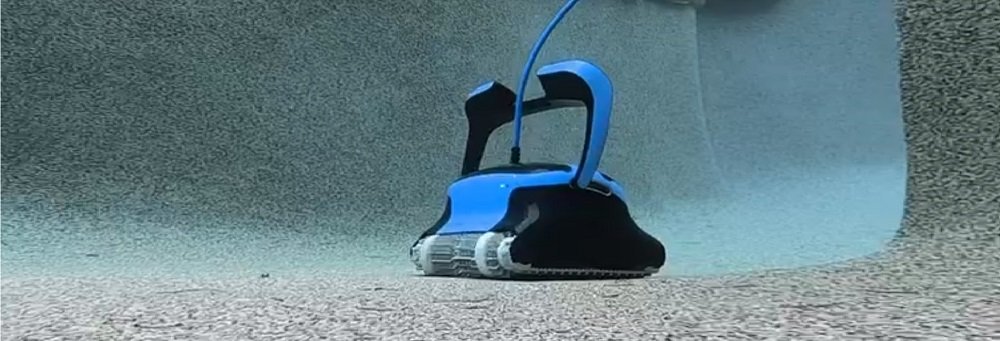
Pros
- Convenient controller module, remote control, smartphone app, and/or voice control
- Independent of your pool’s circulation equipment—no wear and tear in pool equipment
- Full coverage, from floors to walls and waterline scrubbing
Cons
- Much costlier than pressure and suction pool cleaners
- Movement range not extendable
- Filter baskets require frequent emptying and rinsing
Robotic Pool Cleaner
Best of the Best: Dolphin Nautilus CC Supreme
The robotic pool cleaner that will leave your pool spotless is the Dolphin Nautilus CC Supreme. Equipped with three brushrolls and powered by a set of powerful motors, it’ll actively loosen debris before filtering water at an astronomical rate of 4,500 GPH.
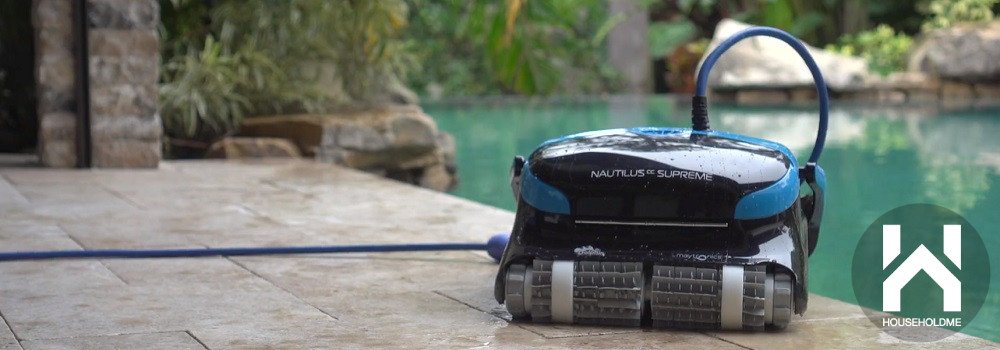
The Dolphin CC Supreme can be controlled via a smartphone through the Dolphin app as well as voice commands via Alexa. It offers three cleaning modes of between 1.5 and 3.5 hours to have your pool ready as soon as you need it. Advanced CleverClean mapping technology ensures that every square inch of 50-foot pools, including the waterline, is thoroughly scrubbed.
- ALWAYS CONNECTED: With the Dolphin Nautilus CC Supreme robotic pool vacuum cleaner,...
- WATERLINE SCRUBBING: Dolphin's powerful technology ensures a spotless waterline. As your...
Affordable Option: Dolphin Nautilus CC Plus
Dolphin also has some affordable options available, such as the Nautilus CC Plus. This unit uses the same CleverClean navigation software as the CC Supreme that creates an accurate digital layout of your pools to leave no square inch untouched. It’s anti-tangle swiveling cord also gives it free movement in pools of up to 50 feet long.
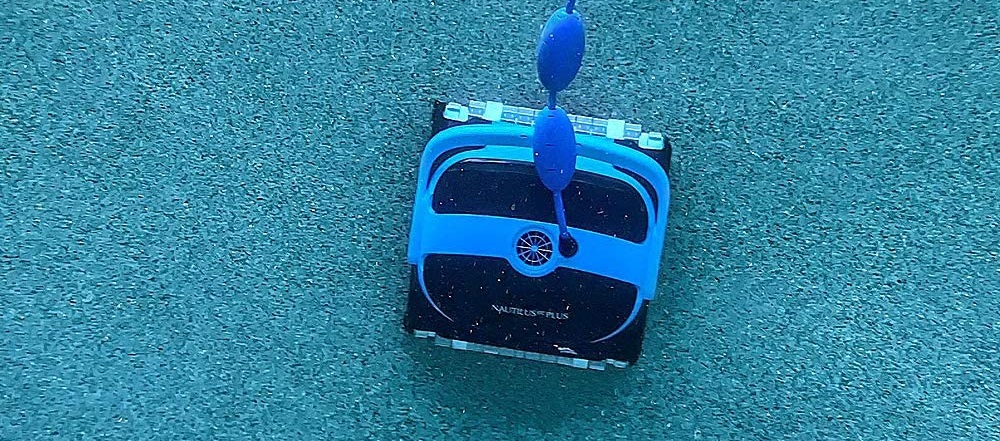
The Dolphin CC Plus separates fine from ultra-fine debris in its top-loaded cartridges. Unlike the CC Supreme, this unit is missing remote control access via internet or Bluetooth, but the included controller module shuold provide you with some level of convenience.
- WALL-SCRUBBING POWER: Dolphin Nautilus CC Plus climbs walls efficiently, ensuring thorough...
- ACTIVE SCRUBBING: Elevate your pool maintenance with the Dolphin Nautilus CC Plus - active...
Difference Between the Dolphin Nautilus CC Plus and Supreme
| Dolphin | Nautilus CC Plus | Nautilus CC Supreme |
| Pool Size | Up to 50 Ft | Up to 50 Ft |
| Pool Type | In-Ground | In-Ground |
| Cleaning Cycle | 2 Hours | 1.5 / 2.5 / 3.5 Hours |
| Tangle-free Swivel | Yes | Yes |
| Cable Length | 60 Ft | 60 Ft |
| Weight | 19 lbs | 24 lbs |
| Dimensions | 16 x 10 x 16 in | 23 x 19 x 13 in |
| Filtration | Fine, Ultra Fine | Fine, Ultra Fine |
| Filter | Cartridge, Top-load | Cartridge, Top-load |
| Cleaning Coverage | Floor and Walls | Floor, Walls, Waterline |
| Brushes | 2 Brushes | 3 Brushes |
| Remote Control | No | No |
| Bluetooth / Wi-Fi | No | Yes |
| App | No | Yes |
| Weekly Timer | Yes | Yes |
| Cycle Selector | No | Yes |
| Delay Mode | No | Yes |
| Full Bag Indicator | No | Yes |
| Automation Mode | No | Yes |
| Release/First Seen | Apr, 2015 | Feb, 2020 |
FAQ
1. Which type of pool cleaner should I choose?
The main thing you need to take into account when choosing between the three types of pool cleaners is your current pool equipment setup. If you have a powerful pump, then a suction-side pool cleaner might be the most cost-effective solution. If you have or plan on getting a booster pump, then a pressure-side pool cleaner is your safest bet. If you’re looking for the most convenience without adding anything to your pool, then a robot model is the way to go.
2. Are automatic pool cleaners worth it?
Yes, they are. All types of pool cleaners serve to take on the cumbersome task of scrubbing and filtering water, allowing you to tend to other parts of the pool that require attention. Consider your pool cleaner as an investment—over time, you’ll have saved a ton on hiring professional pool cleaning services.
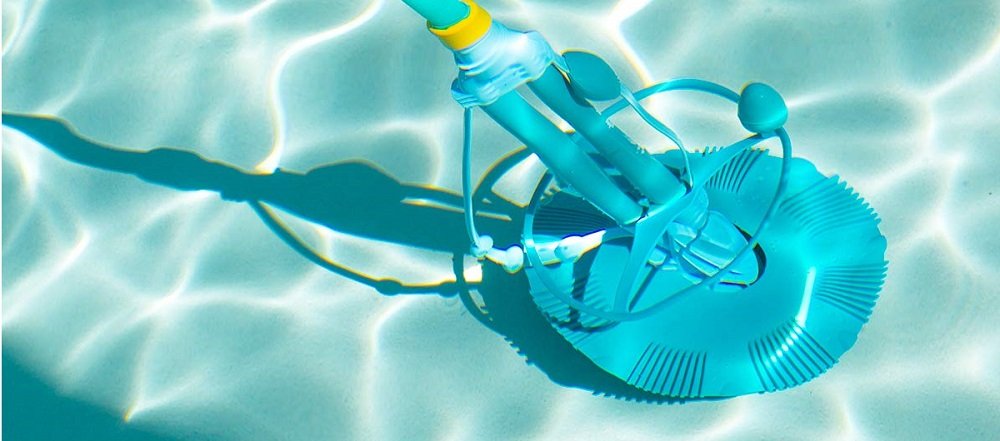
3. Should I get a robot with treads or wheels?
Robots can come with either treads/tracks or wheels. Wheeled robots are ideal for pool with sloped walls, whereas tracks are better suited for pools with squared edges. Robots with tracks are able to stay afloat for minutes at a time to scrub your pool’s waterline thanks to the traction they provide. Wheels, on the other hand, scrub walls then sink back down to the base.
4. Can I leave my pool cleaner in my pool?
It’s possible but not recommended. Pool cleaners, no matter how durable they are, are prone to becoming damaged when exposed to harsh pool-sanitizing chemicals. Whenever sanitizing your pool, keep your pool cleaner out of the water for at least four hours after. Robot models can stay in pool water indefinitely but should also be fished out when shocking pool water.
Conclusion
Having an automatic pool cleaner can make life a million times easier, assuming you get the right type and the right model. In this guide, we’ve provided all of the information you need to find the best type of cleaner for your pool, and we’ve also included our picks of the best and most affordable models for all three options. Happy shopping, sports fans!

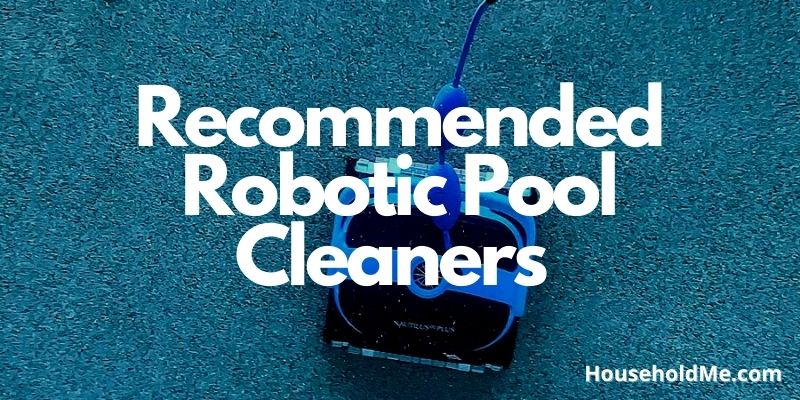
Related Robotic Pool Cleaner Articles
• How to Use a Robotic Pool Cleaner
• What Features to Look For in a Robotic Pool Cleaner?
• How to Maintain a Robotic Pool Cleaner?
• Robotic Pool Cleaner Troubleshooting Tips
• What is a Swivel Cord?
• Pressure vs. Suction vs. Robotic Pool Cleaners
If you have any questions or comments, please add them below in the comment section. Similarly, please let us know if you spot any mistakes or omissions. Thanks!
Last Update: 2024-04-27 | Affiliate links/Images from Amazon Product Advertising API
